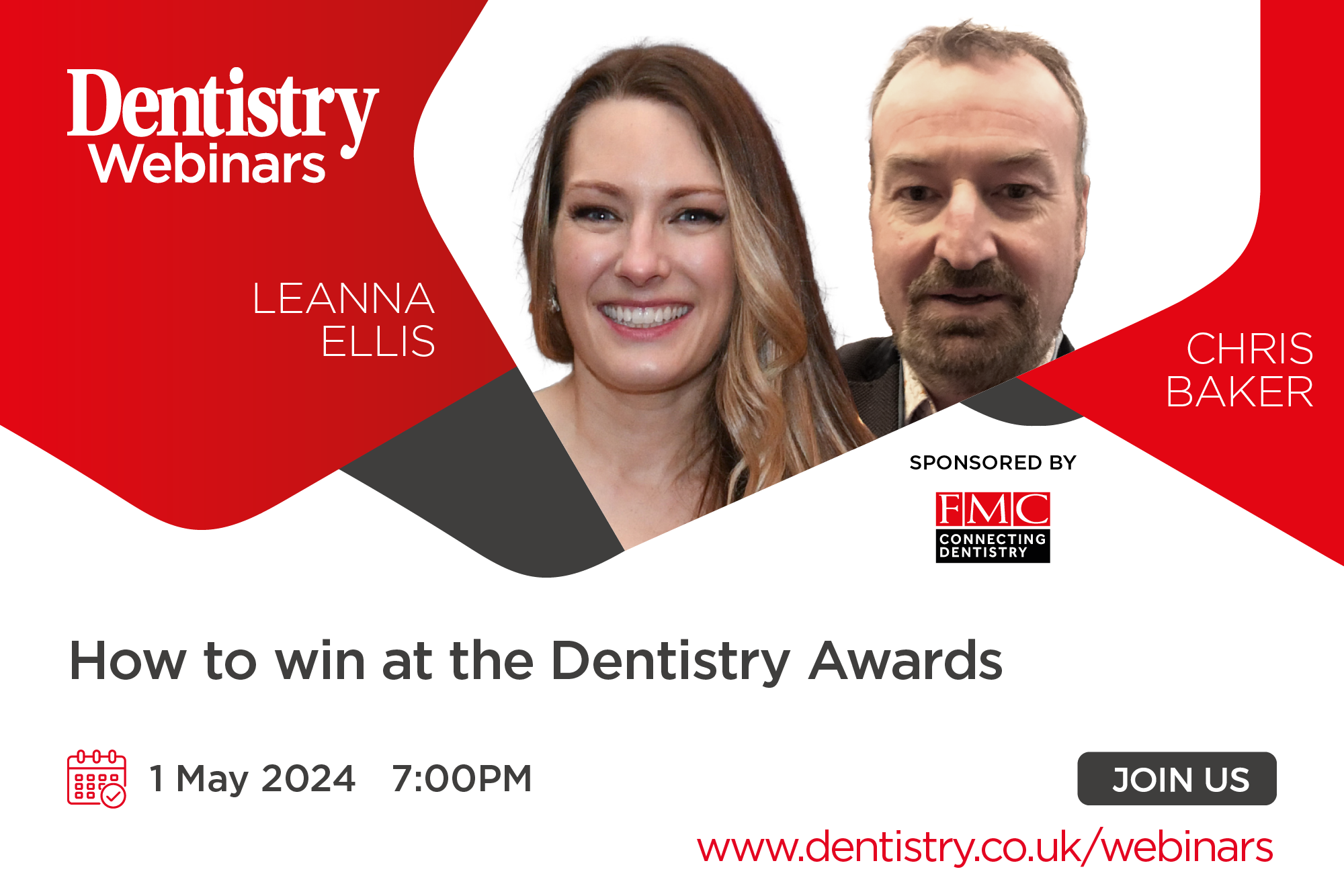Gaby Bissett speaks to Victoria Sampson about why artificial intelligence is becoming an essential tool for many dentists.
What is your journey into artificial intelligence in dentistry?
I would say it was about two years ago when I got into salivary diagnostics. Essentially, what I wanted to do was convert qualitative data – such as bleeding on pocketing – and convert that into quantitative data, so numbers and things that we can monitor really easily.
I felt like there was a really big gap in the market compared to medicine. We’ve got blood tests, we do a lot more X-rays – everything they do is very quantitative.
And so that really started my journey. That’s where artificial intelligence comes in. When you start to look at a lot of data and big data sets, you have to rely on something to help you. And so artificial intelligence was the natural choice for that.
That’s also where Pearl came in because I was seeing that with a dental X-ray, there’s so much more we can actually look for compared to what we’re taught.
The risk of human error is quite big. Medicine is going down the root of using artificial intelligence, so dentistry should be doing the same and adopting that.
How has it transformed your dentistry?
If ever I need to convince a patient, I think having Pearl as a backup has been really useful. Most patients are pretty sold when they see their X-ray and the way that Pearl has analysed it.
I think a problem that a lot of young dentists have, particularly in private dentistry, is getting their patients to trust them. It’s having something where it’s like, ‘look, it’s not me that’s just saying this, the artificial intelligence also agrees with me’.
I think in that sense, it’s helped me a lot with some patients. I don’t use it with everyone, but there’ll be a few who I just know are not completely sold. And they’re the ones where I’ll be like, ‘hey, check out my artificial intelligence’.
What would you say to clinicians who are hesitant to incorporate it?
If you look at medicine and how it has adopted artificial intelligence, it’s not to replace the doctor – it’s to support them.
I don’t know about other dentists, but in the world we now live in, I am extremely stressed out. There’s a lot of patients and sometimes when I’m looking at an X-ray, there’s 25 things going on in it. I know that it’s not just me and it’s not just because of age or experience – it’s actually just dentistry.
You have a patient sitting in the chair and you know, sometimes they look at their X-rays and you think ‘oh my god. Like, there’s 40 things going on in here’.
I know that a lot of my older colleagues have the same problem. And so just having something that can support you is very good.
Support and double check
I don’t think anyone should be offended – if some of the biggest neurosurgeons and oncologists in the world are using artificial intelligence to support and help their diagnoses, I don’t see why a dentist should be offended that artificial intelligence can confirm their diagnoses.
I think the most important thing is that it’s not replacing the dentist. It’s mainly there to support and double check everything. So I do my diagnoses myself but may use it to double check – it’s nice to have a friend!
It’s also helpful from a legal perspective as well. I hate to bring it up – while you can’t blame the AI if you get something wrong, it might actually reduce your risk of getting something wrong.
I think that patients feel a lot more comfortable with their clinicians if they diagnose something. But they’re also like, ‘look, it’s not just me, it’s the AI too’. Insurance companies seem to also be quite happy with this because again, it shows that the dentist is not over diagnosing for benefits, for example.
Why Pearl?
I like the support system. It’s very easy to speak to people quite high up. We’ve all used services that are a part of a really big company and if you have a problem you have to go through around 45 people.
With Pearl, if you have any questions, they’re directed very quickly to the right person. So they have very good technological support.
I also like what it does with its AI analysis, which not all of the other AI companies do. For example, it separates the colours of the enamel, the dentine and the pulp. This really helps the patients to be able to visualise their tooth.
They’re also working on a lot of quantitative things. This means analysing your X-rays quantitatively and being able to say, ‘you’ve lost 10% bone levels since two years ago.’ And I think that’s really, really exciting.
I think they are very in tune with clinicians because they have a lot of clinicians on their board. Its clinical director is Dr Kyle Stanley, who is constantly involved – I think that that is very different to a big company just approaching it with, ‘oh, let’s, let’s try this out’.
Read other stories in this series:
For more information visit www.hellopearl.com



